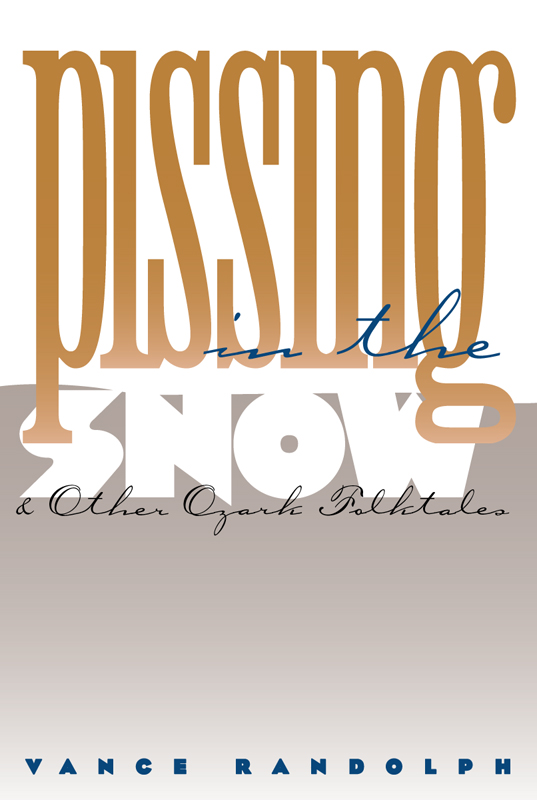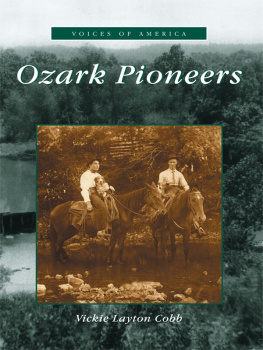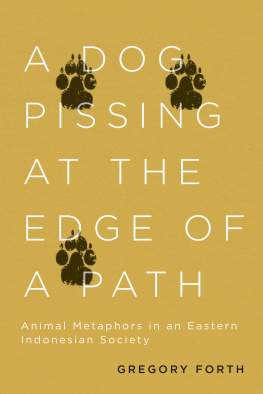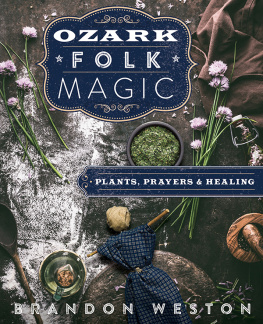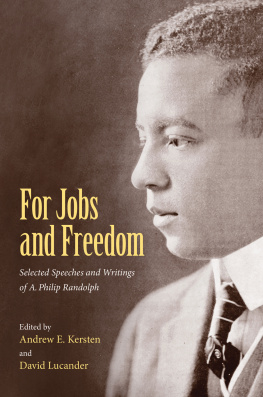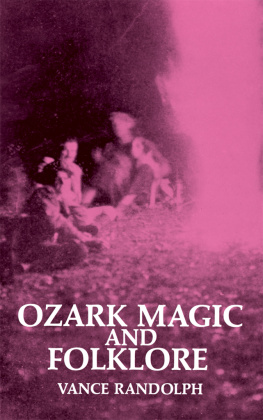1976 by the Board of Trustees of the University of Illinois
LIBRARY OF CONGRESS CATALOGING IN PUBLICATION DATA
Main entry under title:
Pissing in the snow and other Ozark folktales.
Bibliography: p.
1. Tales, AmericanOzark Mountains. 2. Erotic stories, AmericanOzark Mountains. I. Randolph, Vance, 1892
GR110.M77P57 398.20971 76-18181
ISBN 978-0-252-01364-5 (paper)
E-Book ISBN 978-0-252-05103-6
TO G ERSHON L EGMANIntroduction
As a graduate student interested in American regional materials, I studied Vance Randolphs Ozark collections along with those of the other great regional collectors. * In 1971 I took a job teaching folklore at the University of Arkansas, knowing that one of the benefits of living in Fayetteville would be the opportunity to meet and talk with Randolph. I rightly assumed that I had much to learn from him, and I quickly sought out Vance and Mary Celestia Parler, my colleague in folklore at the university, a notable collector in her own right, and Vances wife. We spent some happy evenings that year talking about folklore, for Vance can compete with the best of his informants as a storyteller. The tale of his years of work in the Ozarks gave me a lively history of the discipline from a great collectors perspective. One of the most fascinating parts of that tale pertained to the collection and nonpublication of the so-called bawdy lore. I had not been especially interested in such materials beforeeven though I had heard of the unprintable collections from my professors at Indianabut Vances history so intrigued and angered me that I determined to pursue publication for these volumes. I could not believe that a major work by a distinguished collector could go unpublished, and so I began my own commitment to this extraordinary collection.
Vance, having fought the battle for print through the years, felt unable to sustain the effort necessary to see the project through to completion. But, finally persuaded that a respectable publisher could be found, he agreed to allow me to act as his agent and editor. After arranging for deposit of Vances papers at the Archive of Folksong in the Library of Congress, I took the manuscript with me to my new job in Massachusetts and began to seek a publisher for Pissing in the Snow. In truth, it was less difficult than the manuscripts earlier rejections by publishers might have indicated, though indeed, several editors still expressed doubts about the manuscripts content. Many distinguished folkloristsRichard Dorson, Roger Abrahams, Dell Hymes, Kenneth Goldstein, Francis Lee Utley, Herbert Halpert, and Barre Toelkenoffered letters of support and suggestions for the publication of the volume. Frank Hoffmann, the acknowledged authority in Anglo-American traditional erotica, agreed to complete the notes which Vance had begun. And the editors and staff of the University of Illinois Press, noted in recent years for their fine publications in folklore, came forward with skilled and sensitive ideas for the presentation of the work.
Ideally, of course, the tales in this volume should have been included in Randolphs earlier books. They were collected at the same time and in the same way as the tales in the five volumes published by Columbia University Press in the 1950% in fieldwork spanning almost four decades. His strong feelings about the inappropriateness of censorship and bowdlerization led Randolph to compile separate manuscripts of the folksong and folktale collections and of four other collections (about which more below). Pissing in the Snow was completed in 1954; after several attempts to find a publisher, it was deposited with the other collections in the Kinsey Insitute at Indiana University and in the Archive of Folksong at the Library of Congress. Several universities and individual scholars ordered microfilm copies for their own use, and so, even in the absence of publication, the work found a small scholarly audience. Ultimately, it achieved an underground reputation as the best and most comprehensive compilation of bawdy tales collected by an American folklorist. It entered the literature of folklore (always, incidentally, with the original and present title), yet its confinement to manuscript or microfilm deposit with restricted use in institutions or private libraries made it virtually impossible for all but a few to read the entire work.
As Randolphs correspondence indicates, many scholars knew of the collection in progress and contributed to a discussion of the material and the issues which its very collection posed to the scholarly and publishing world. Ernest W. Baughman and Herbert Halpert (who wrote the notes for several of Randolphs other books), Sidney Robertson Cowell, Josiah Combs, Alan Lomax, George Lyman Kittredge, Kenneth Goldstein, and others offered commentary on and references for the material, as well as advice on the publication of the material, should it ever be possible. Many sent variants of songs and stories from their own collections, much smaller but just as unprintable as Vances. The correspondence alone is a valuable document in the history of the discipline. But his willingness to see the material in print should, we hope, soon make publication of the other manuscripts possible.
The forthcoming appearance of Pissing in the Snow and Other Ozark Folktales marks a first for American folklore publishing in many ways. It is perhaps not surprising that, while some scholarship on traditional erotica exists, little field-collected material has been published for use. As Frank Hoffmann notes in Analytical Survey of Anglo-American Traditional Erotica,
Until the publication of Abrahams book, even the Journal of American Folklore maintained the polite practice of substituting blanks for or Latinizing obscene words, even though several essays in the Journals 1962 symposium issue on Obscenity in Folklore spoke against censorship, Latinization, and bowdlerization. (where an asteriskdenoting obscene substitutes for the written synopsis) in his Analytical Survey, folklorists major tool for comparative work failed to be of use with bawdy lore. As we have previously noted, publishers declined to print such material when scholars collected it. Thus, little material has been available for study, and the small amount in print was censored to conform to polite tastes. For the study of Anglo-American folklore, the issuance of Pissing in the Snow marks a new scholarly beginning.
Vance took down all the lore Ozarkers gave him, from 1919 when he began collecting until the mid-1960s when illness forced him to stop fieldwork. The entire body of material, bawdy and non-bawdy, offers a picture of expressive behavior unparalleled by any other American regions or groups study. Though each specific item in the massive collection does not have the extensive contextual data that contemporary folklore scholarship demands, the whole of Vances descriptive work in Ozark life and traditional expression places the bawdy lore in the largest context of life in the Arkansas-Missouri hills. Lest any readers think that the bawdy material solely represents the nature and character of expressive behavior in the Ozarks, let them consult Randolphs other printed works to place the bawdy in its rightful context. The dates of publication and collection indicate where and in what sequence it belongs in Randolphs other work. The six volumes, including

